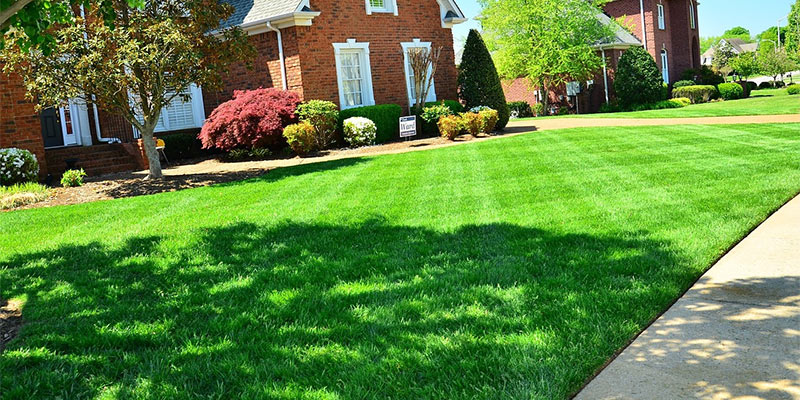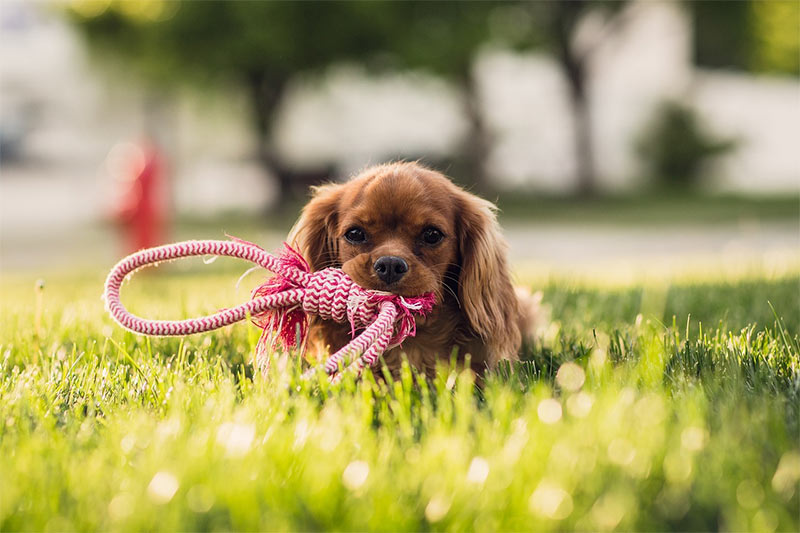
If you live in the suburbs, countryside, or anywhere with a patch of lawn then we know how important it is to you to have a perfectly manicured lawn. Here are 9 essential lawn care and maintenance tips that are sure to ensure that the grass is always greener or your side of the fence:
1. Mowing your lawn
When mowing your lawn, there are a few things that you must consider such as the ideal grass length, mowing frequency, and mowing direction.
- Length: When mowing your lawn, the golden rule is to remove only one-third of the grasses’ length. You should mow high, about 3 inches, so that the grass clippings won’t clump. Mowing short will weaken the grasses’ root system and encourages the growth and spread of weeds. Most lawn mowers on the market allow you to adjust the deck´s height
- Frequency: If you mow your lawn too short, you will have to mow it more often in order to stay true to the “one-third rule”. On the other hand, if you the interval between mowing is too long, you will have more clippings to pick up.
- Direction: If you mow your lawn in the same direction every time, weeds may lean in the direction of growth. Instead, mow in different directions and alternate the pattern each time in order to reduce soil compaction and turf wear from the lawn mower’s wheels.
2. Watering your lawn
The amount of water required for each lawn is different and is based on several factors such as mowing height, wind, temperature, rainfall, soil type, grass species, and so on. Ideally, one inch should be enough, but south facing slopes, high areas and areas near trees (especially ones with large roots) will require a bit more water, while shaded areas will require a little less.
It is recommended that you water your lawn in the morning as less water will be lost by wind and evaporation. However, you should avoid watering your lawn in the evening as this increases the likelihood of disease and waterlogging.
3. Weeds, thatch and moss removal
- Weeds: Weed removal is important as weeds retard lawn growth. If you want your lawn to be healthy, it is best you remove the weeds from the root by hand or use a low toxicity herbicide to kill them.
- Thatch: Thatch is organic matter consisting of dead leaves, grass, and root stems that can build up between the grass leaves and the soil. These block moisture and nutrients from reaching the soil and plant roots.
This will cause dull, dead patches on your lawn. You can identify thatch areas by its spongy feel but fret not, you can revive it through a process called scarification where all you would need to do is rake your lawn to remove the mulch.
- Moss: Moss thrives in moist, shady areas and retards lawn growth. To remove moss you must improve drainage, remove thatch and introduce sunlight to the area.
4. Pets
Did you know that dog pee can damage your lawn? This is because of the nitrogen present in your dog’s pee. This will cause dead or yellow spots which are quite unsightly and make take some time to repair. What you can do is spot train your dog, or train him to pee in only one spot.
5. Improving drainage
Waterlogged lawns are unhealthy lawns. To prevent this, ensure that your soil is permeable by removing clays, thatch, roots and any build up that prevent proper water absorption. You may also change the nature of your soil to improve drainage by adding organic material or even changing the type of grass to suit the type of soil.
The topography of your garden or yard has a lot to do with its drainage. Dips in the landscape can lead to pooling of water in certain places and this will cause disease and retard growth. If the land is too flat, there is still a chance of waterlogging. The ideal topography is a gentle slope which allows for adequate runoff and infiltration. Installing gutters and drains can also remove excess water
6. Aeration
Good soils are well aerated. If not, the soils will lack the proper nutrients to sustain plant life. You can aerate your soil by creating small holes at varied depth and at different intervals using a garden fork.
7. Fertilization
While soils naturally contain most of the nutrients needed to support plant life, sometimes a little human intervention is needed.
Adding compost to your lawn slowly releases nutrients into the soil, as do other organic fertilizers such as manure and activated sludge.
Inorganic commercial fertilizers containing nitrogen, phosphorous and potassium encourages leaf growth and green color, strengthens and grows roots and makes the grass resistant to stress respectively. They are to be watered-in unless otherwise specified.
Visit your local gardening or farm store for the right grass seed and fertilizer for your grass type and age, location and soil type. If you want the perfect mix for your lawn, a soil test will have to be conducted in a lab.
8. Top Dressing
Top dressing is encouraged for lawns of all stages and health. This is where a thin layer of sand or soil mix is added to the top of the lawn to smooth the surface, reduce thatch buildup, encourage decomposition, and protects against desiccation (moisture removal).
9. Overdeesing
If your lawn is tired, worn out and has multiple weak spots then try overseeding. This uses a large amount of seed mixed with fertilizer and this is sure to rejuvenate your lawn. Say goodbye to thin areas, weeds, moss invasions, and brown spots.
Before you begin overseeding, ensure your lawn is well watered and aerated. You should also mow your lawn. To distribute seeds evenly, it is advised you use a spreader for best results.
After overseeding, keep your lawn moist and apply a top dressing to protect seeds and add nourishment.
If these tips have worked for you, don’t hesitate to share them with your friends and family! Healthy lawns all around!

